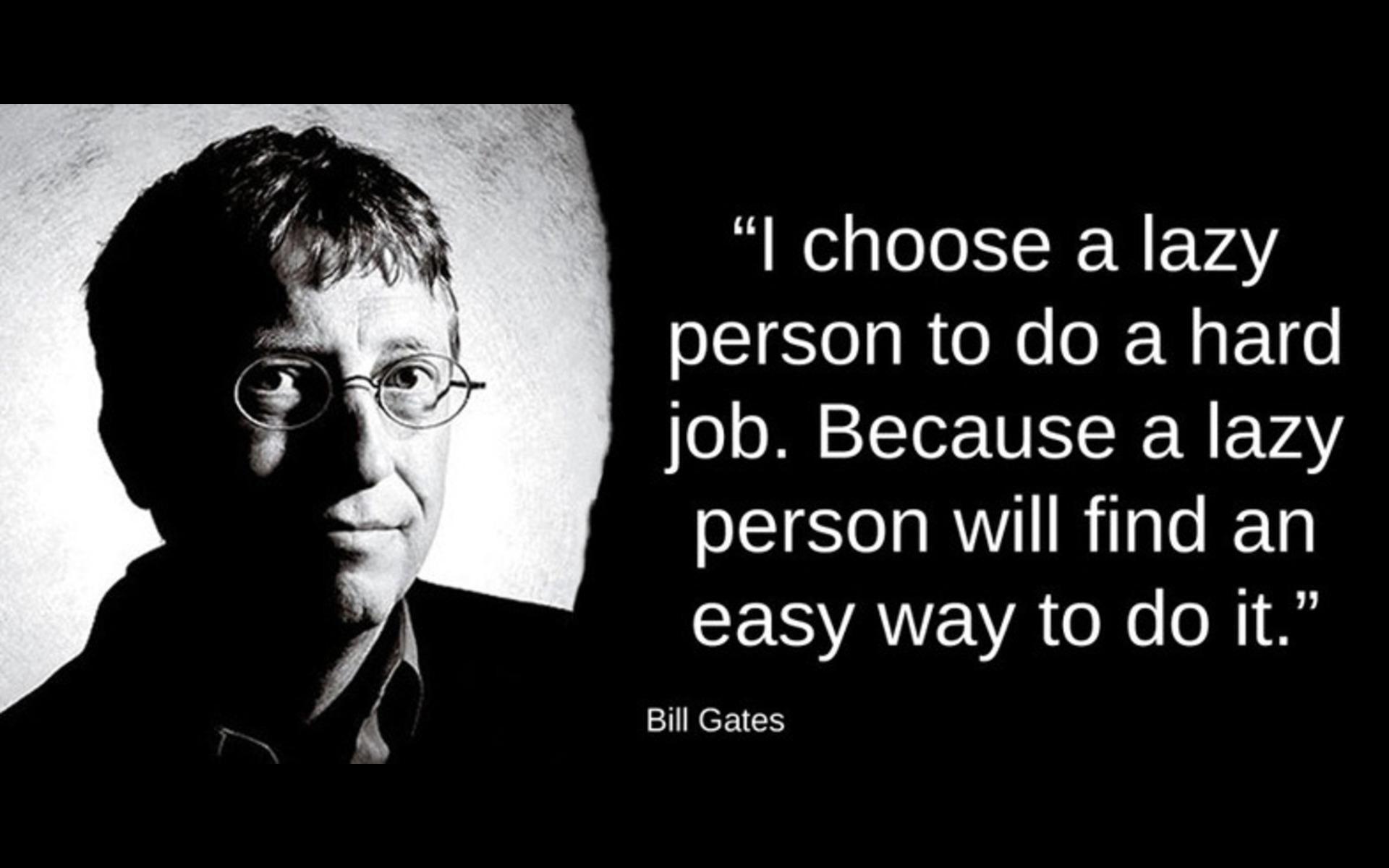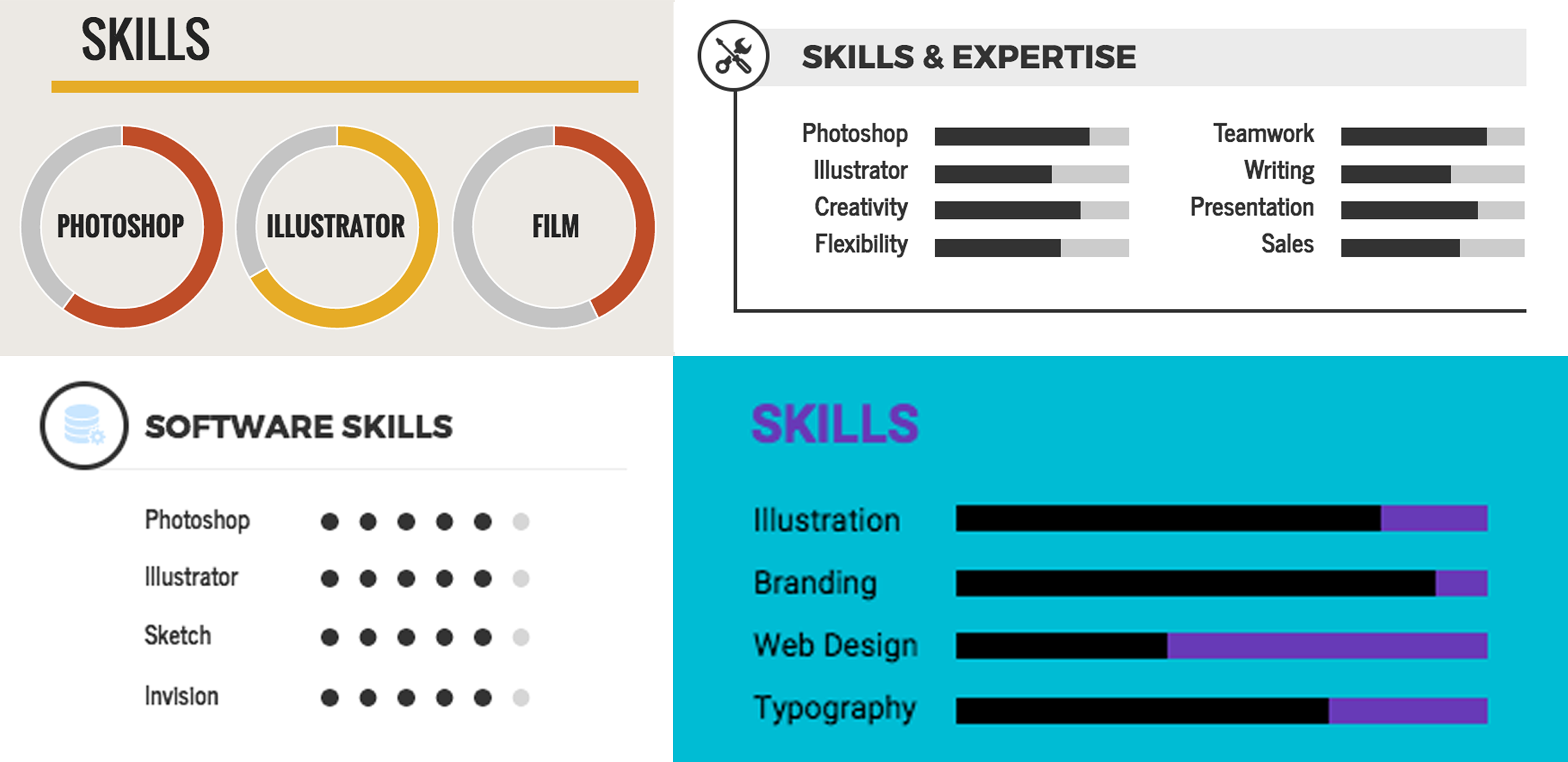“Is Phil Bray worth £16.95?”
I said these words aloud just over half a decade ago.
The confused lady at the post office couldn’t really answer me. She didn’t know Phil, and neither did I.
I looked behind me and saw heavy rain through the post office window. I’d left my car at home and didn’t fancy lugging this giant parcel all the way back.
“I suppose he’s going to have to be worth it; let’s do it”. And just like that, my job application for The Yardstick Agency was on its way.
A few days before this, I saw an Indeed advert for a Junior Copywriter. It seemed like an interesting change from the freelance design work I’d been doing, so I added it to my shortlist. When I did a bit of entirely non-creepy stalking, I stumbled across this tweet:

Phil Bray. He seemed like a nice enough chap. I noticed he spent a LOT of time on Twitter complaining about the other parents parking on the curb at his daughter’s school. I also noticed he’d just started a small business called The Yardstick Agency.
It just so happened that I’d accidentally liberated an old yardstick from art college when I was 17.
It had been waiting patiently in my parent’s garage for this moment, so I thought it would be nice to send it to Phil with my CV attached. Best-case scenario, I would stand out. Worst-case scenario, it would give him a bit of office furniture and would save my dad a trip to the recycling centre.
In this piece by Phil, he mentions the story from his perspective. It’s only now that I’m on the other side of the interview table that I realise how much small gestures like this mean.
But before you get to the fun gimmicks, how can you ensure your application is taken seriously? Here are a handful of mistakes I’ve witnessed in my time as Head of Branding and Design.
1. Not covering your tracks
There’s a quote that’s often misattributed to Billy Microsoft:

(For the creepy quote nerds lurking around here, it was apparently the engineer Frank B. Gilbreth who said it.)
You’re not going to write a cover letter entirely from scratch for each application. 75% of the content will overlap, so why reinvent the wheel?
But if you’re going to remix stuff, don’t half-arse it.
I’m talking about leaving the name of the last person you emailed CC’d in. Or even worse, the actual body of the email. Copying and pasting company names is normal, but be smooth. Read it before you send it, then read it again.
2. Ignoring instructions
If a job spec gives you a low hurdle, jump it. Bend those legs and flop yourself over as fast as humanly possible.
An example:
“Please address all applications to Dan, and include a covering letter”.
Two very simple asks:
- Don’t say ‘to who it may concern’; use my name
- Add a covering letter!
It’s absolutely not an ego thing. I don’t need people to massage my feet and say my name. It’s simply to separate those who have read the text and paid attention from those that haven’t.
Of course, this won’t tell me exactly what you’re like to work with, but it gives me a very early indicator. Will you pay attention to a client brief, or will you start running about and knocking things over before they’ve finished talking?
The lower the hurdle, the less mercy the stumble gets.
3. Playing hard to get
Trying to be too clever with design can backfire.
If you overcomplicate your CV and portfolio design, it can be difficult to find the key things we’re looking for.
Whether that’s a web designer, copywriter, marketing assistant or beyond it’s function, then form. If you remember that order, you can be as clever as you like.
I get it; you want to show how cute and wise your writing or design is.
But if you work me too hard, I will collapse and dry out in the sun.
Keep your headline points in plain sight. We have plenty of applications to look through, and we want to spend time admiring great work, not trying to decipher your work history, expressed as a series of emojis and wingdings.
Does a difficult application equal a difficult designer to work with?
Maybe not, but it starts the relationship off on an unnecessarily weird foot.
4. Bending the truth
As you can imagine, the least we ask of people is “don’t lie about doing work you didn’t do”.
An obvious one, but the design world is small, and finding out that you weren’t quite as equal a member in a project as you made out can bite you in the bum.
It’s normal to include a project that multiple designers worked on, but be transparent about what you did (and, more importantly, didn’t) do.
5. Forcing quantitative data
This is a pet peeve of mine. I’m aware I might be in the minority here but let’s examine it together.
This is a very typical thing to see on a designer’s CV:

Gasp.
“I feel attacked”.
I know, I know. It’s a very common trope. All design CVs had them around a decade ago. But why? What purpose does this serve besides filling space and demonstrating that you can design well with graphs and charts?
I’m not sure if this is the small hill I want to die on, so please, if you can sell me on their merits, my big flappy ears are open. Phil has written in favour of them before, but I’m not convinced.
My argument comes down to the fact that there is no way of calibrating or standardising the data.
How have you decided that you are 75% skilled in Photoshop?
Have you counted out the various elements, and you understand three quarters?
Does Photoshop open fine three times, but on the fourth, black smoke starts billowing out of your computer?
Why are you forcing quantitative data into an arena where you’re guessing at best, and it’s impossible to compare two people’s scores?
The beauty of creativity is that it’s primarily qualitative. Show me that you’re skilled at editorial layouts. Don’t tell me that you’re 59.63534% good at them.
Rant over. For now.
6. Offering your portfolio ‘on request’
Applying for a design or writing job generally relies on a portfolio to get you through to the interview phase.
Throughout the years, I’ve seen one or two sneak through with just a CV or a well-written cover letter, but these fall into the minority. For the people hiring, we get attracted by the portfolio and sold by the person.
So why, why, why would you not include the portfolio in your initial approach? Come on; it’s a creative job. Please don’t make me jump through hoops to see your work.
You might be lightning in a bottle, but an absent portfolio puts your application at the bottom of the pile. It goes into the group of CVs that we can rummage through if we run out of good portfolios to look through, but by then, we’ve often started interviews with promising candidates.
Saying: “My portfolio is available on request” is the equivalent of not going for a wee before we set out on a long drive. We’re only gonna have to turn the car around and go back. Or pull over on the side of the M1 while you desperately wade into the bushes.
You should have gone before we left. Attach your portfolio.
Please and thank you.
7. Applying for the wrong job
If a job spec is advertising for a junior graphic designer, it is pretty clear what level we expect applicants to be.
However, I’ve seen multiple occasions where a senior designer has applied. They don’t want a junior’s role and aren’t asking for a junior’s salary.
On the face of it, I understand. Everybody loves a chancer.
They want me to say:
“Well, we don’t need a senior designer, and we aren’t hiring for one, but we’ve fallen in love with you. Come on, you scamp, let’s snap you up!”.
Will I say this? I doubt it. It sits firmly on the list of things that twist my turnips.
Isn’t this just common sense?
Yup.
Yet they are all things I’ve seen creep through on unsuccessful applications for roles I’ve played a part in hiring for.
There is so much talent out there. It’s scary in a good way. So don’t let silly mistakes sabotage your chances of demonstrating what a great candidate you are.
There are more great tips in this article.
And if you do make a whoopsie, hold your hands up. Fix it. I once had somebody email an application that was clearly for a different company. Within minutes I received an apologetic email that got them an interview.
You are human, and the person hiring is as well. Embrace that.
Our careers page shows the latest roles we’re hiring for, so head there now and take a look.
And before you pull the balaclava on and go looting your local art college for vintage wooden rulers, be original. I’m sure you’re far cleverer than I am, so in the interest of keeping our lawyers happy, keep it legal!
And for completeness:
“Is Phil Bray worth £16.95?”
Absolutely. I joined in March 2017, so that’s just under one shiny penny per day.
Bargain.


